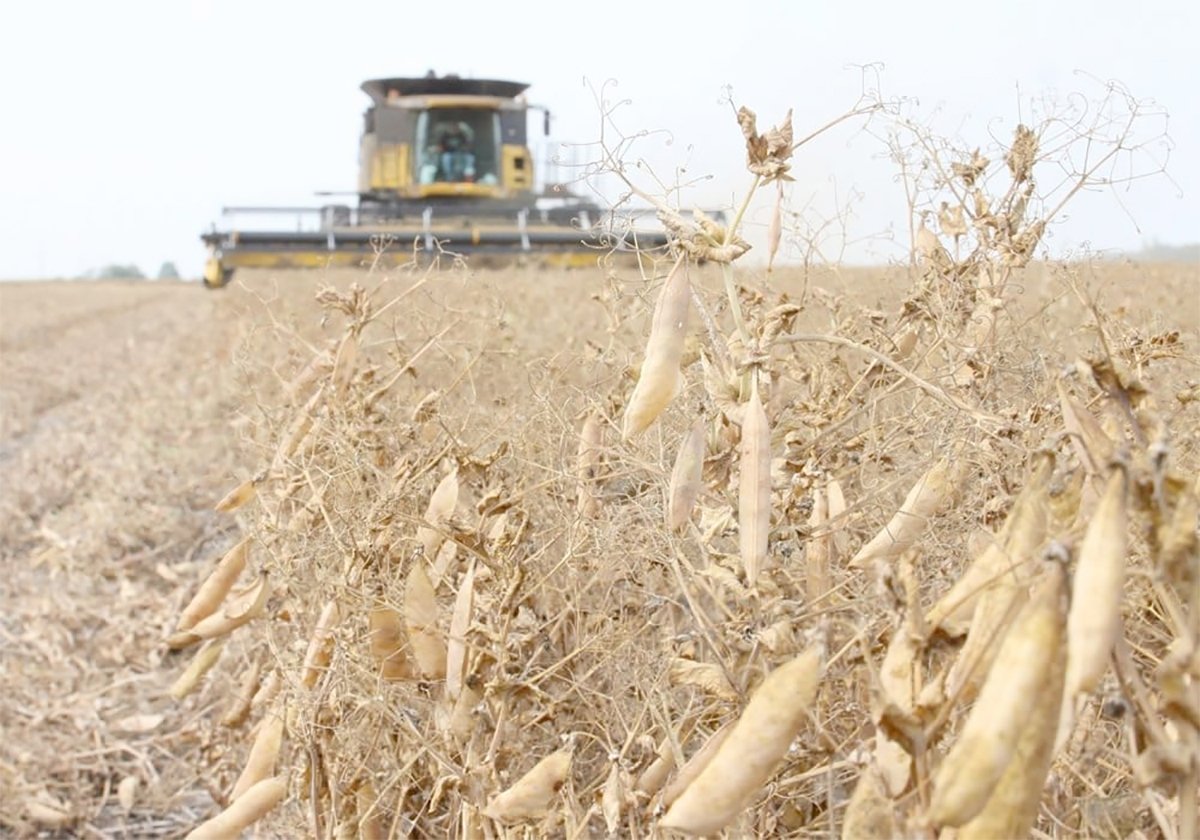Placements down five percent | Feedlot cattle supply 97 percent of a year ago, which is the smallest July 1 rating since 2010
CHICAGO, Ill. (Reuters) — The number of cattle placed in U.S. feedlots last month was down five percent from a year earlier, according to a U.S. Department of Agriculture report.
Analysts attributed the slowdown to healthy grazing pastures that kept cattle out of feedlots.
The USDA showed June placements at 1.587 million head, compared with 1.664 million a year earlier. It was the smallest June placements since 2009’s 1.391 million.
Analysts expected a 5.3 percent decrease.
The USDA also reported that the July 1 feedlot cattle supply was 97 percent of a year ago, or 10.368 million head. While it matched analysts’ estimates, it was also the smallest July 1 feedlot supply since 2010’s 10.071 million.
Read Also

Chinese, Indian tariffs take toll on pea prices
The disruption of pea exports from Canada’s largest customers will likely result in slow pea exports for the remainder of the crop year.
“Cattle placed under 700 pounds were sharply lower while those over 800 lb. were up sharply suggests ranchers were in no hurry to pull calves off grazing pastures into feedlots,” said University of Missouri livestock economist Ron Plain.
Analysts had said before the report that much-needed spring rain had revived pastures hurt by last year’s drought. The improved grazing conditions allowed ranchers to fatten young cattle at less cost and at a slower pace than in feedlots.
June corn prices eased from May levels, but they were still historically high, which discouraged feedlots from aggressively bringing in young cattle.
“Feedlots wanted to stay current because of significant market losses tied to high-priced corn and increased costs for younger cattle,” said U.S. Commodities analyst Don Roose.
Feedlots are also drawing from a smaller feeder cattle pool after last year’s historic drought destroyed pastures, reduced the herd and forced cattle into feedlots ahead of schedule.
Expectations for more declines in cattle supplies in the coming months should mean supermarket beef prices will stay near record highs through 2014, economists and analysts said.
Monthly government retail price data showed the average beef price in June at $5.29 per lb., just shy of its all-time high of $5.30 set in March and up from $4.93 a year ago.
Jim Robb, director of the Livestock Marketing Information Center, said the number of heifers in feedlots were larger than anticipated.
Heifers that were designated to be on ranches earlier this year for breeding purposes entered feedlots because of the lack of profitability and the drought that still exists in parts of the country, he said.
The USDA said the number of cattle marketed to meat packers in June was 96 percent of a year earlier, or 1.895 million head, compared to the forecast of 94.5 percent. It was the smallest June marketing since the USDA began the data series in 1996.
Roose said wholesale beef prices appeared to have stabilized after the heat wave across much of the country hurt demand for grilling.














